Folia faunistica Slovaca 21 (3) 2016: –238
Interesting ant species
in the urban greenery of Bratislava
Mária Klesniaková, Milada Holecová & Alena Pavlíková
Department of Zoology, Faculty of Natural Sciences, Comenius University,
Ilkovičova 6, SK – 842 15 Bratislava, Slovakia [klesniakova@fns.uniba.sk,
holecova@fns.uniba.sk, pavlikova@fns.uniba.sk]
Abstract: Urbanization has a great impact on natural ecosystems, such as pollution, fragmentation, and loss. However, some rare ant species can occur in this type of environment. We did the research in urban greenery (selected cemeteries, the Botanical garden) in Bratislava, and found ant species that are of faunistic interest.
Key words: Hymenoptera, Formicidae, urban greenery, Bratislava, Slovakia.
Introduction
Urbanization is the process whereby urban ecosystems are created. Urbanization has a noticeable impact on ecosystems such as pollution of water, soil and air, fragmentation, and loss (Robinson 2005). Urban ecosystems are characterized as spatially heterogeneous and temporally differ from their current surroundings and from previous conditions with respect to the greater presence of impervious surfaces (McIntyre et al. 2001). However, Antonov (2008) states the ants that are extremely rare in natural biocenoses can occur in urban ecosystems. This study introduces several ant species in the urban greenery of Bratislava that are of faunistic interest.
Material and Methods
The material was collected during the season 2013 in nine selected cemeteries of Bratislava and in 2014 in the Botanical garden of Comenius University in Bratislava. The cemeteries were divided into three groups that differ in area, vegetation cover and location (the city group – the Slávičie údolie, the Martinský cemetery and the Vrakuňa cemetery, the historical group – the Kozia brána cemetery, the Mikulášsky and the Ondrejský cemetery and the rural group – the cemeteries of Devín, Dúbravka and Čunovo district). The Botanical garden was divided into five study plots – two outdoor parts (represented woodland part and open grassland area) and three indoor parts (represented by greenhouses with exotic flora and stable heating conditions). The study plots are characterized in Tab. 1. There were used three methods – formaldehyde pitfall traps, soil samples, and individual collecting.
Results and discussion
In total, occurrence of 36 ant species was recorded in the cemeteries and 29 ant species in the Botanical garden, respectively. Rare or interesting ant species were found in the Botanical garden and eight of nine cemeteries (except the Martinský cemetery).
Hypoponera ergatandria (Forel, 1893)
Found in formaldehyde pitfall traps, soil samples and individual collecting in greenhouses of the Botanical garden of Comenius University in Bratislava. Hypoponera ergatandria (Forel, 1893) [= H. schauinslandi (Emery, 1899)] is a cosmopolitan tramp species with tropical and subtropical origin. Anthropogenous introduction into the north temperate zone started the 19th century when tropical plants and animals were imported in higher numbers and could be kept in greenhouses with stable heating conditions throughout the year. In Europe, it confined to different kinds of heated buildings offering some sort of moist soil substrate or decomposing organic matter (Seifert 2013). In Slovakia, this species is known only from the Botanical gardens (Suvák 2011, Holecová et al. 2015a).
Proceratium melinum (Roger, 1860)
Found in litter samples in the Devín cemetery (Fig. 1). This species is living hypogaeically or in leaf litter. Anthills are built underground or in rotten wood, usually less than 100 workers. The strongly convex and sclerotized the second gaster segment serves for the closure of the nest galleries (phragmosis). Ecology of this species is less known because of cryptic way of life. Almost all the evidence relating to swarming in August and September. Species of the genus Proceratium are known as specialized predators on spider eggs and other arthropods. (Dietrich 2004, Seifert 2007).
Strumigenys argiola (Emery, 1869)
Found in a formaldehyde pitfall trap exposed in the Kozia brána cemetery and in a litter sample in the Vrakuňa cemetery (Fig. 2). This is the third record on Strumigenys argiola (Emery 1869) from Slovakia (Deván 2008, Wiezik & Wieziková 2013, Holecová et al. 2015b). This small tiny species is a predator, hunting mainly Collembola and other small insects. The structure of its mandibles reflects its specializations. The head is with 4-segmented antennae and characteristic body pilosity. This species lives in leaf litter, topsoil, rotten wood and rarely foraging openly above ground (Bolton 1999, Fellner 2009).
Prenolepis nitens (Mayr, 1853)
Found in a litter sample and in formaldehyde pitfall traps exposed in the Mikulášsky cemetery, and by individual collecting in the Kozia brána cemetery. The species was also found in all three types of samples in outdoor parts of the Botanical garden. The distribution area of Prenolepis nitens covers southeast Europe, Asia Minor and Caucasian Black Sea coast, west of Italy, north-south Moravia and south Slovakia. Anthills are built underground, under the rocks and boulders, but also in dried fallen trees, and most often in warm deciduous forests, open land with trees, gardens and vineyards (Seifert 2007). This species feeds mostly on sweet fruits, nectar, and elaiosomes. The European false honey ant has a specific method of storing food where certain workers are used as a “live vessel”. Workers used to store liquid foods receive the nectar from workers who bring the food into the anthill (Bregant 1998).
Lasius (Chtonolasius) bicornis (Förster, 1850)
Found in formaldehyde pitfall traps in the Botanical garden (greenhouse and woodland outdoor parts) This species was also found by individual collecting in woodland parts (Fig. 3). It is a Euro-Caucasian species known from central and southern Europe, the southern part of eastern Europe and the Caucasus, also reported from Sweden. Nests close to trees, in the soil, litter, under loss, in decaying logs or dead parts of the living trees (Czechowski et al. 2012). Nevertheless, nest finds are very rare. This species often occurs in the interior or the edge of dry to fresh, moist forests (mostly oak, lime, hornbeam, beech), also in city parks with mature trees (Seifert 2007).
Lasius (Chtonolasius) jensi (Seifert, 1982)
Found in formaldehyde pitfall traps in both types of outdoor parts in the Botanical garden. This Euro-Caucasian species prefers xerothermic grasslands, especially on limestone substratum. One of the most thermophilic European species of the subgenus Chthonolasius. Temporary social parasite of the species Lasius alienus (Förster, 1850) (Czechowski et al. 2012), but of suspected side host L. psammophilus (Seifert 1992). The colony is founding after the nuptial flight. The host workers have disappeared no later than 2 years after founding (Seifert 2007).
Lasius (Chtonolasius) mixtus (Nylander, 1846)
Found in a formaldehyde pitfall trap in the cemetery in Čunovo district. A South-Palearctic species distributed in northern, central and partly southern Europe. A mesohygro- and mesothermophilic oligotope of humid habitats (open grasslands and pastures, light forests). Temporary social parasite of L. flavus (Fabricius 1782), and probably Lasius s. str. species (e.g. L. niger) (Czechowski et al. 2012).
Lasius alienus (Förster, 1850)
Found in a formaldehyde pitfall trap in the Mikulášsky cemetery. This species is typical of various types of sandy habitats. Recently it was divided by Seifert into several siblings species [L. alienus (Förster, 1850), L. psamophilus (Seifert 1992) are mentioned in this study] (Czechowski et al. 2012). L. alienus occurs in urban habitats if the temperature is higher than 19 °C in July, often with the congeneric species L. niger (Linnaeus, 1758) (Seifert 2007).
Colobopsis truncata (Spinola, 1808)
Found in formaldehyde pitfall traps in 6 cemeteries (Slávičie údolie – the second largest cemetery in Bratislava, the historical cemeteries – Kozia brána, Mikulášsky (Fig. 4), Ondrejský, and the rural type of cemeteries – Devín and Dúbravka). This species prefers dry and light deciduous forests, but also mixed forests, old parks, and orchards. Nests are built in dead parts of living trees, especially in dry, thin branches. Incipient colonies also may dwell in hollow woody stems of bushes. Colonies are monogynous, numbering up to 500 workers. Workers are dimorphic. Normal small workers and soldiers that have a strongly sclerotised plug-shaped anterior part of the head, used to block the nest holes (Czechowski et al. 2012). Because of this way of life, this species is often overlooked and occurs in cities (Seifert 2007).
Polyergus rufescens (Latreille, 1798)
Found in formaldehyde pitfall traps exposed in the Devín cemetery. P. rufescens is an obligatory social parasite (enslaver) which depends entirely on its slaves. Its special shaped mandibles without teeth are adapted to hunting. Known host species are Formica fusca, F. cinerea F. cunicularia and F. rufibarbis (the last two Formica species occur in the Devín cemetery). Nests are similar to host species nests. Up to 80% of the workforce in the nest consist of workers of the slave species. The store of slaves is each year replenished through well-organised raids on nests of slave species from where worker pupae are taken in late July and August (Czechowski et al. 2012, Seifert 2007).
Acknowledgement
This study was published with the financial support of VEGA (Scientific Grant Agency of the Ministry of Education and the Slovak Academy of Sciences), grant number 2/0035/13.
References
Antonov IA, 2008: Ant assemblages of two cities with different ecological conditions on Southern Cisbaikalia. Ekologiya, 6: 478–479.
Bolton B, 1999: Ant genera of the tribe Dacetonini (Hymenoptera, Formicidae). Journal of Natural History, 33: 1639–1689.
Bregant E, 1998: Zur Biologie und Verbreitung der Honigameise Prenolepis nitens (Mayr, 1852) in Österreich (Hymenoptera: Formicidae). Myrmecologische Nachrichten, 2: 14–18.
Czechowski W, Radchenko A, Czechowska W, Vepsäläinen K, 2012: The ants of Poland with reference to the myrmecofauna of Europe. Museum and Institute of Zoology Polish Academy of Sciences, Natura optima dux Foundation, Warszawa, 496 pp.
Deván P, 2008: Mravce Omšenskej doliny. Naturae Tutela, 12: 101–104.
Dietrich CO, 2004: Die Krummameise, Proceratium melinum (Roger 1860), ein unauffälliger und bemerkenswerter Einwanderer in Österreich (Hymenoptera: Formicidae). Wissenschaftliche Mitteilungen aus dem Niederösterreichischen Landesmuseum, 16: 7–32.
Fellner T, Borovsky V, Fiedler K, 2009: First records of the dacetine ant species Pyramica argiola (Emery, 1869) (Hymenoptera, Formicidae) from Austria. Myrmecological News, 12: 167–169.
Holecová M, Klesniaková M, Pavlíková A, 2015a: Records of Hypoponera ergatandria (Forel, 1893) from Slovakia (Hymenoptera: Formicidae, Ponerinae). Folia faunistica Slovaca, 20 (1): 63–66.
Holecová M, Klesniaková M, Purkart A, Repta P, 2015b: Data on Strumigenys argiola (Emery, 1869) (Hymenoptera: Formicidae, Myrmicinae) from Slovakia. Folia faunistica Slovaca, 20 (2): 163–166.
McIntyre NE, Rango J, Fagan WF, Faeth SH, 2001: Ground arthropod community in a heterogenous urban environment. Landscape urban planning, 52: 257–274.
Robinson WH, 2005: Handbook of Urban Insects and Arachnids. Cambridge University Press, New York, 472 pp.
Seifert B, 2007: Die Ameisen Mittel- und Nordeuropas. Lutra – Verlags – und Vertreibsgessellschaft, 261 pp.
Seifert B, 2013: Hypoponera ergatandria (Forel, 1893) – a cosmopolitan tramp species different from H. punctatissima (Roger, 1859) (Hymenoptera,: Formicidae). Soil Organisms, 85 (3): 189–201.
Suvák M, 2011: Predatory and parasitic insects in greenhouses of Botanical Garden of P. J. Šafárik University in Košice, Slovakia. Thaiszia – J. Bot., Košice, 21: 185–205.
Wiezik M, Wieziková A, 2013: A rare ant species Camponotus tergestinus (Hymenoptera: Formicidae) new to the fauna of Slovakia. Klapalekiana, 49: 89–93.
Klesniaková M, Holecová M & Pavlíková A, 2016: Interesting ant species in the urban greenery of Bratislava. Folia faunistica Slovaca, 21 (3): –238.
[in English]
Received 9 August 2016 ~ Accepted 10 October 2016 ~ Published 28 December 2016
© Faunima, Bratislava, 2016
e–ISSN 1336–4529 ISSN 1335–7522
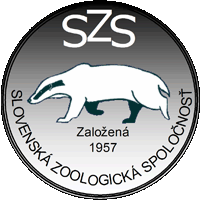
Table 1. Characteristics of individual study sites.
Figure 1. The Devín cemetery – the habitat of Proceratium melinum (photo: M. Klesniaková).
|
Study plot |
GPS coordinates |
Altitude [m a. s. l.] |
|
Slávičie údolie cemetery |
48°09’28”N, 17°04’04”E |
198 |
|
Vrakuňa cemetery |
48°08’35”N, 17°11’26”E |
134 |
|
Kozia brána cemetery |
48°08’54”N, 17°05’57”E |
170 |
|
Mikulášsky cemetery |
48°08’33”N, 17°05’25”E |
176 |
|
Ondrejský cemetery |
48°08’53”N, 17°07’21”E |
137 |
|
Devín cemetery |
48°10’43”N, 16°58’50”E |
158 |
|
Dúbravka cemetery |
48°11’04”N, 17°01’26”E |
203 |
|
Čunovo cemetery |
48°01’57”N, 17°11’59”E |
131 |
|
Botanical garden |
48°08’49”N, 17°04’21”E |
153 |
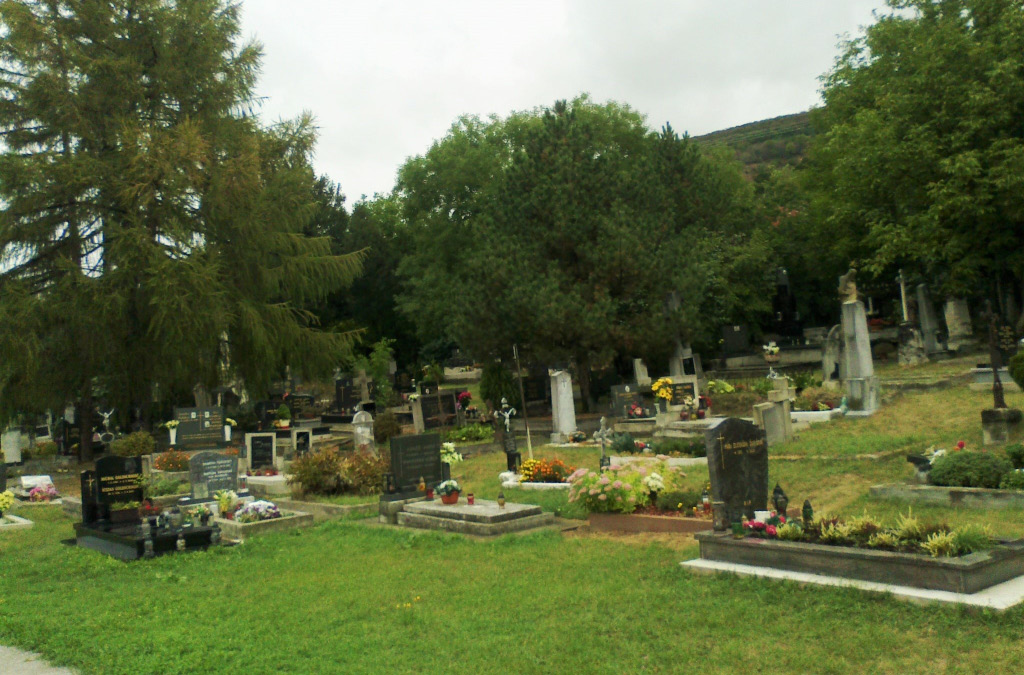
Klesniaková M et al.: Interesting ant species in the urban greenery of Bratislava
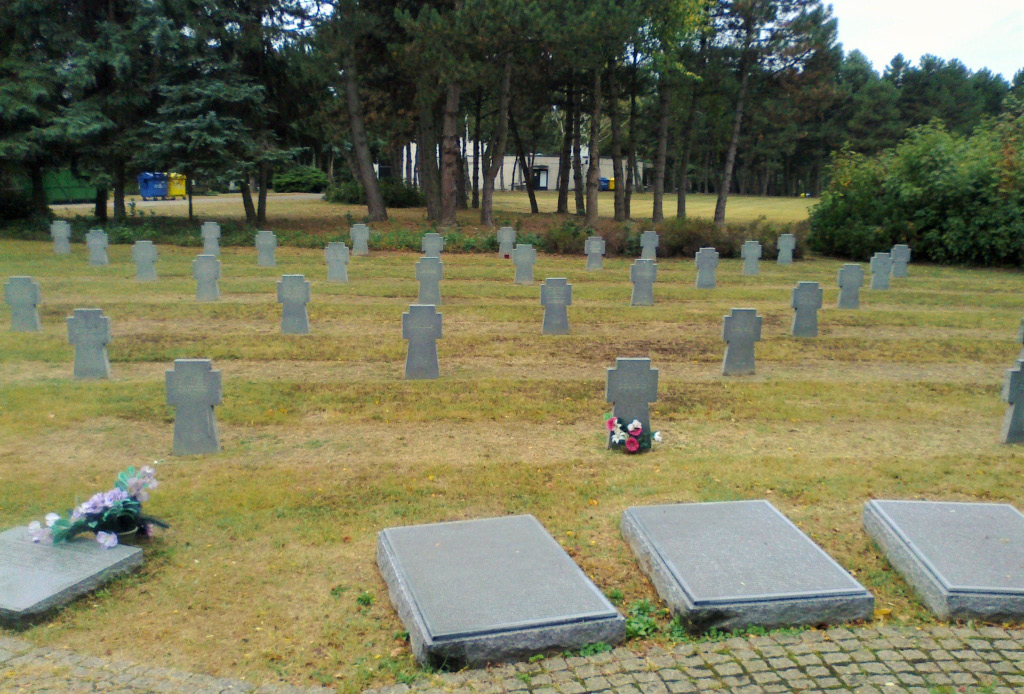
Figure 2. The Vrakuňa cemetery – the habitat of Strumigenys argiola (photo: M. Klesniaková).
Folia faunistica Slovaca 21 (3) 2016: 235–238
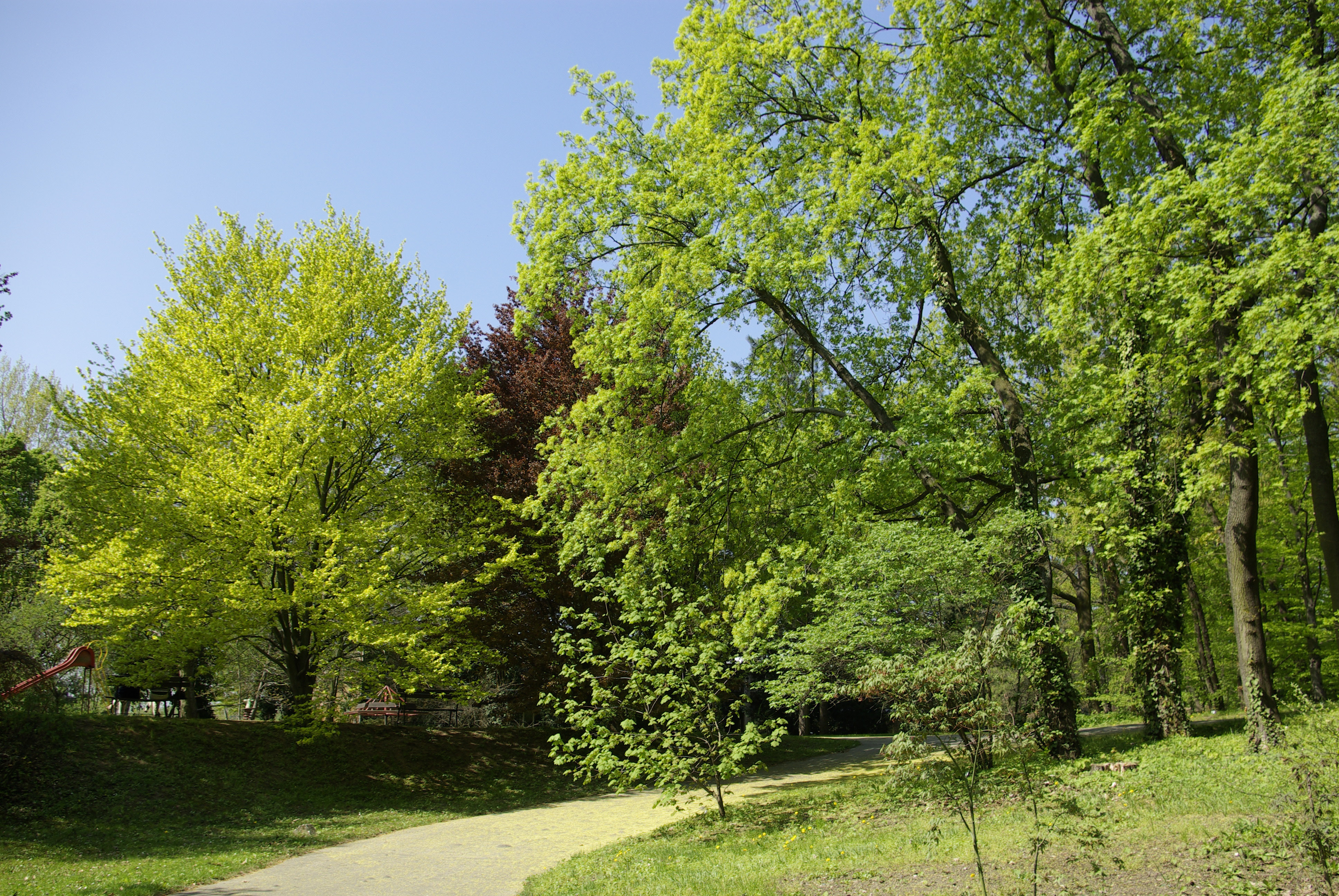
Figure 3. The woodland parts of the Botanical garden of Comenius University – the habitat of Prenolepis nitens and Lasius bicornis (photo: P. Fenďa).
Figure 4. The old trees in Mikulášsky cemetery – the habitat of Colobopsis truncata (photo: M. Klesniaková).
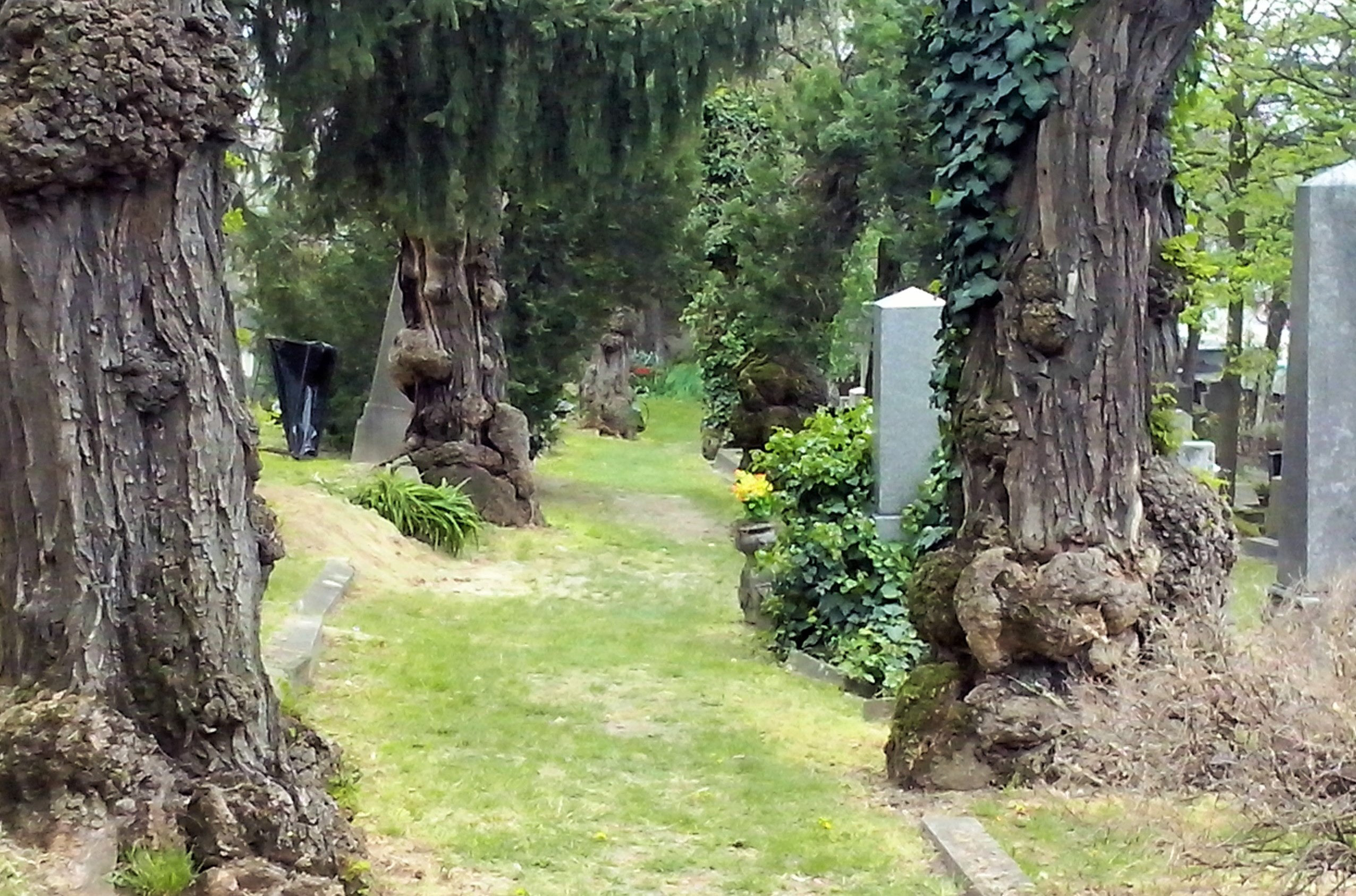
Klesniaková M et al.: Interesting ant species in the urban greenery of Bratislava
